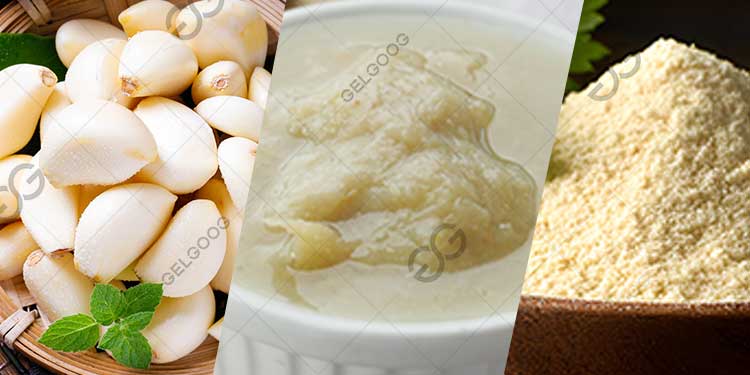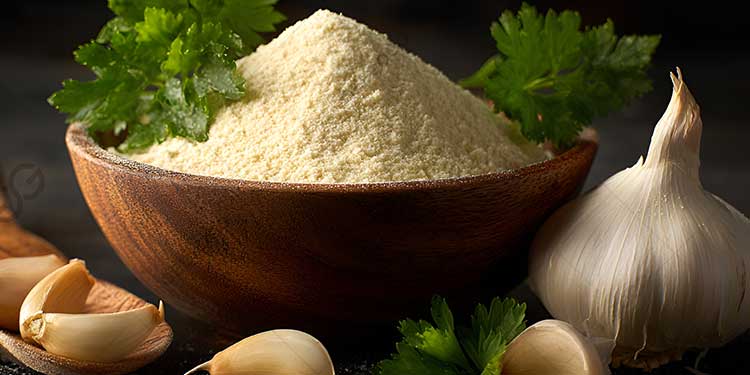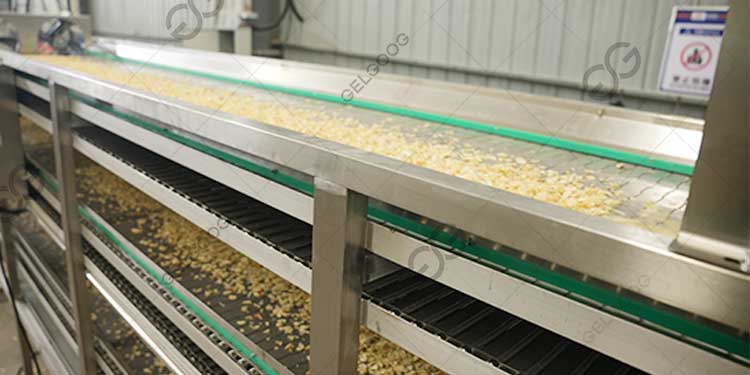
What Is The Manufacturing Process of Garlic?
Garlic is a widely used condiment that is processed in a variety of ways. But what is the manufacturing process of garlic? Depending on the final product, the garlic processing process has both common steps and significant differences. This article will detail the processing process in the factory for three common products: peeled garlic, garlic powder and garlic paste.
1. Common pre-processing process for garlic processing
No matter what kind of garlic products are produced, the following pre-processing steps are usually shared:
Raw material acceptance and grading:
Strict quality inspection of incoming garlic, and removal of rotten, sprouted or mechanically damaged garlic.
Grading by size and variety to ensure processing consistency.
Root and stem removal:
Mechanically or manually remove the roots of garlic.
Remove excess stems.
2. Processing flow of peeled garlic:
As a semi-finished product or end product, the processing flow of peeled garlic is relatively simple but the technical requirements are high:
Clove separation:
Mechanically or manually separate the garlic heads into individual cloves.
Remove the thin skin and inner membrane outside the garlic cloves.
Peeling process:
Dry peeling: Use rubber roller friction peeling or compressed air impact peeling.
Sorting and trimming:
Manual or optical sorting equipment removes damaged and discolored garlic cloves.
Packaging:
Vacuum packaging (extends shelf life).
Inert gas replacement packaging (maintains freshness).
Refrigerated or frozen storage.
3. Garlic powder processing flow:
Garlic powder production focuses on retaining garlic flavor while extending shelf life:
Slicing:
Cut the peeled garlic cloves into 1.5-2mm uniform slices.
Color protection treatment.
Soak in color protection liquid (such as citric acid solution) to prevent browning.
Dehydration and drying:
Hot air drying: 50-60℃ circulating hot air drying for 6-8 hours.
Crushing and grading:
Crushing with a hammer mill or air flow mill.
Grading with a vibrating screen to obtain garlic powder of different fineness (usually 80-120 mesh).
Packaging:
Aluminum foil composite bag packaging with built-in deoxidizer.
Store away from light and moisture.
4. Garlic sauce processing process
Garlic sauce processing focuses on the balance between taste and shelf life:
Grinding:
Peeled garlic cloves are put into the colloid and ground into fine pieces.
Control the temperature not to exceed 50℃ to prevent flavor loss.
Mixed:
Add salt (10-15%) and acidity regulator (pH<4.5).
Optionally add vegetable oil, seasoning, etc.
Homogenization:
High-pressure homogenizer treatment makes the particles finer (20-25MPa).
Obtain a uniform and stable emulsified system.
Sterilization:
Pasteurization (85-90℃, 30-60 seconds).
Filling:
Hot filling (≥80℃) into sterilized containers.
The choice of garlic processing process ultimately depends on market demand, investment scale and product positioning. Understanding these differences will help you choose the right garlic processing equipment.


Leave a Reply